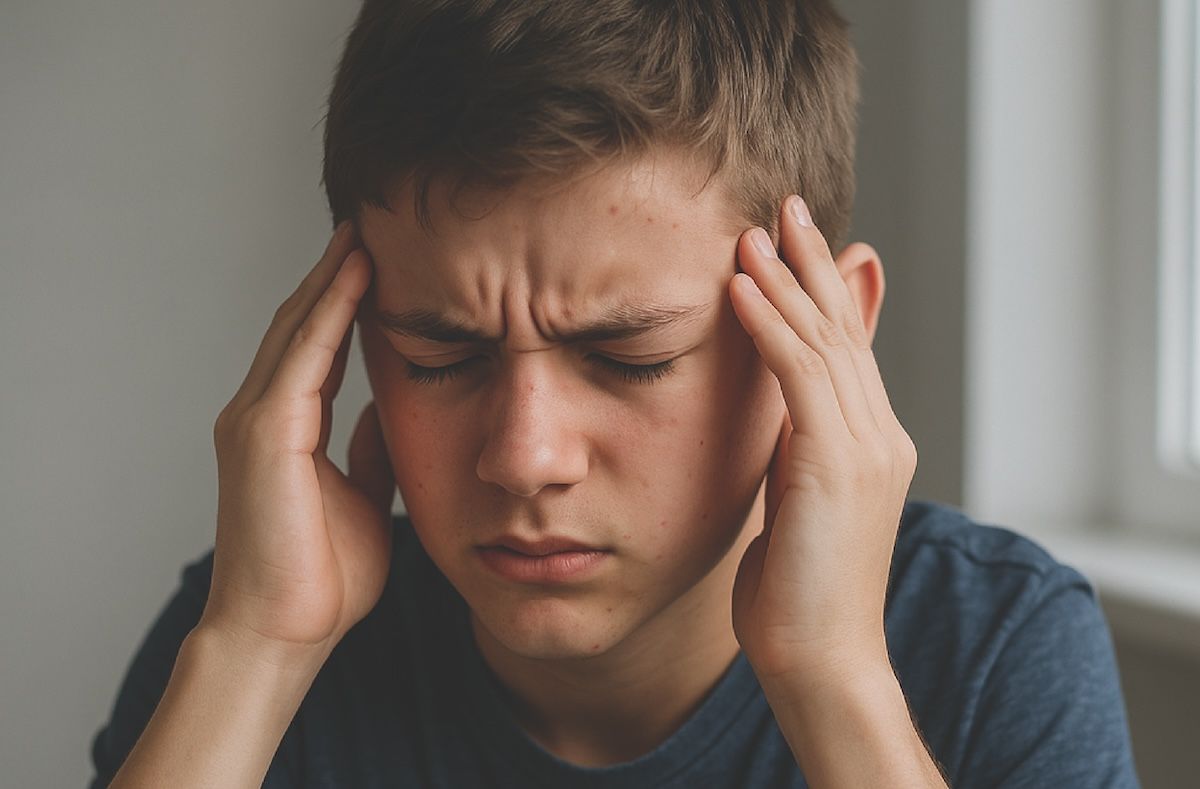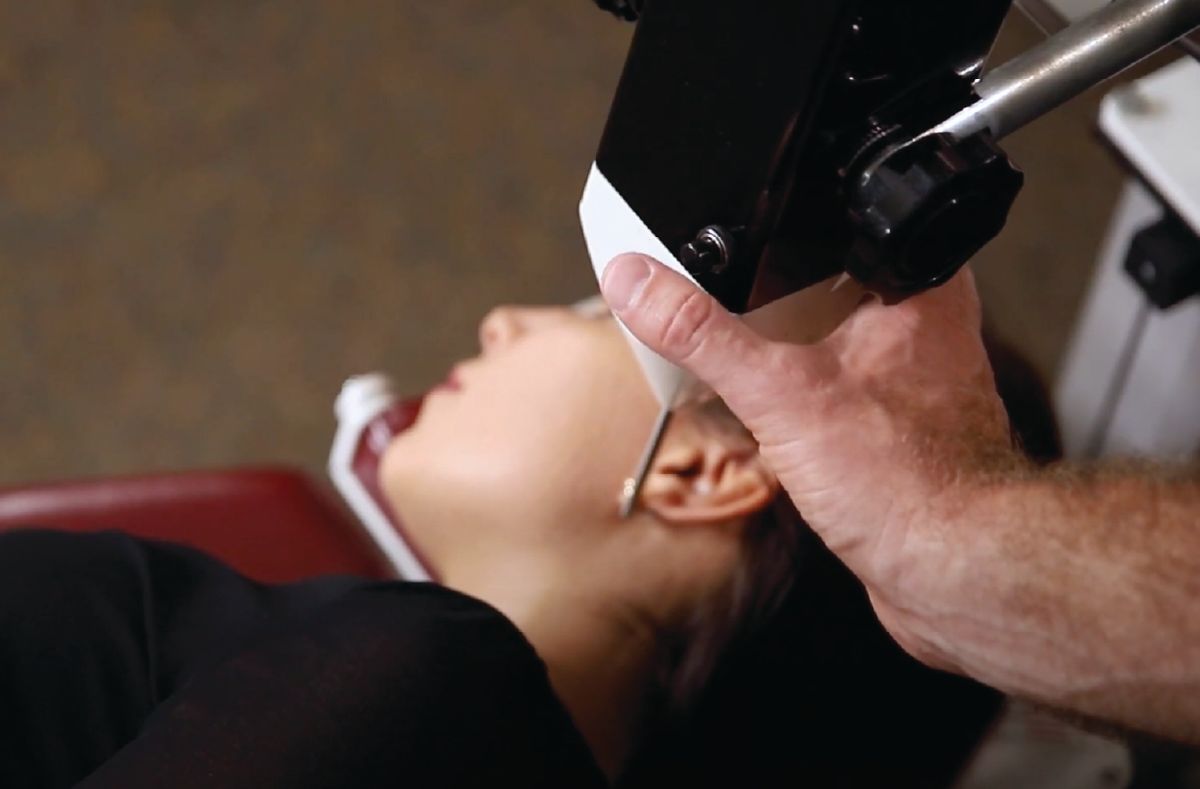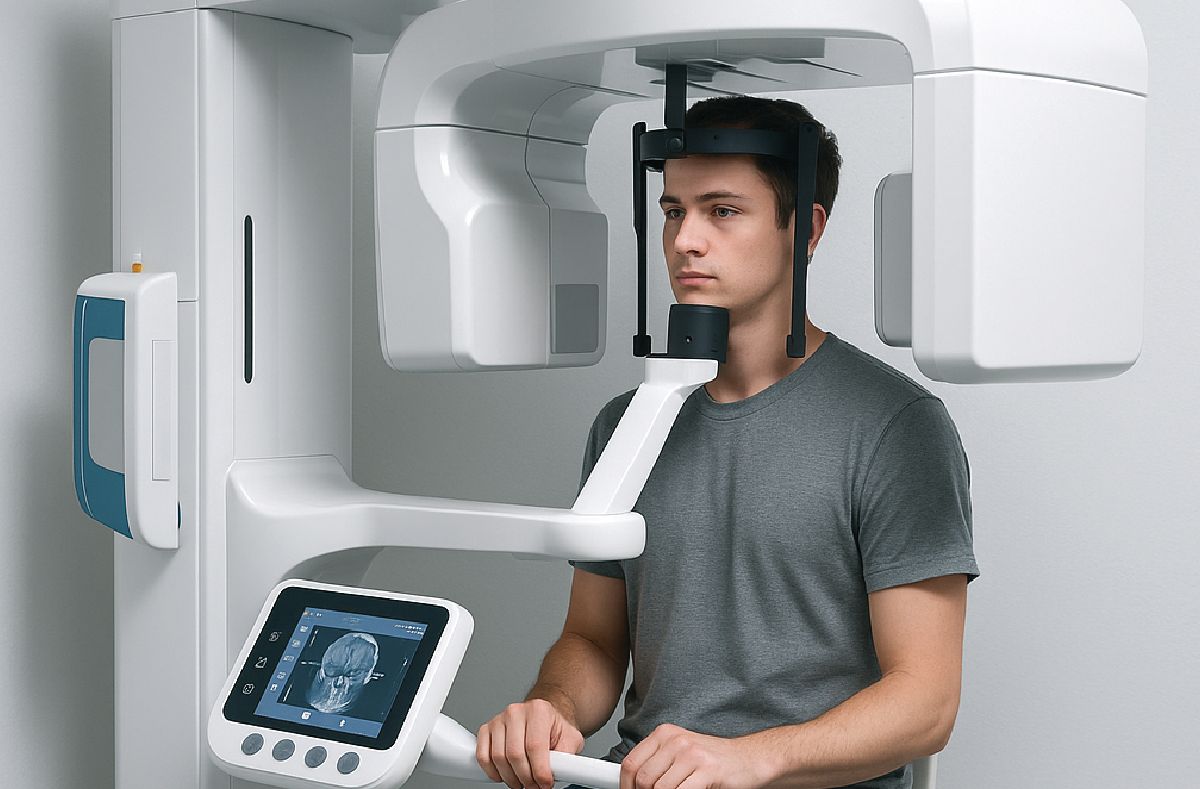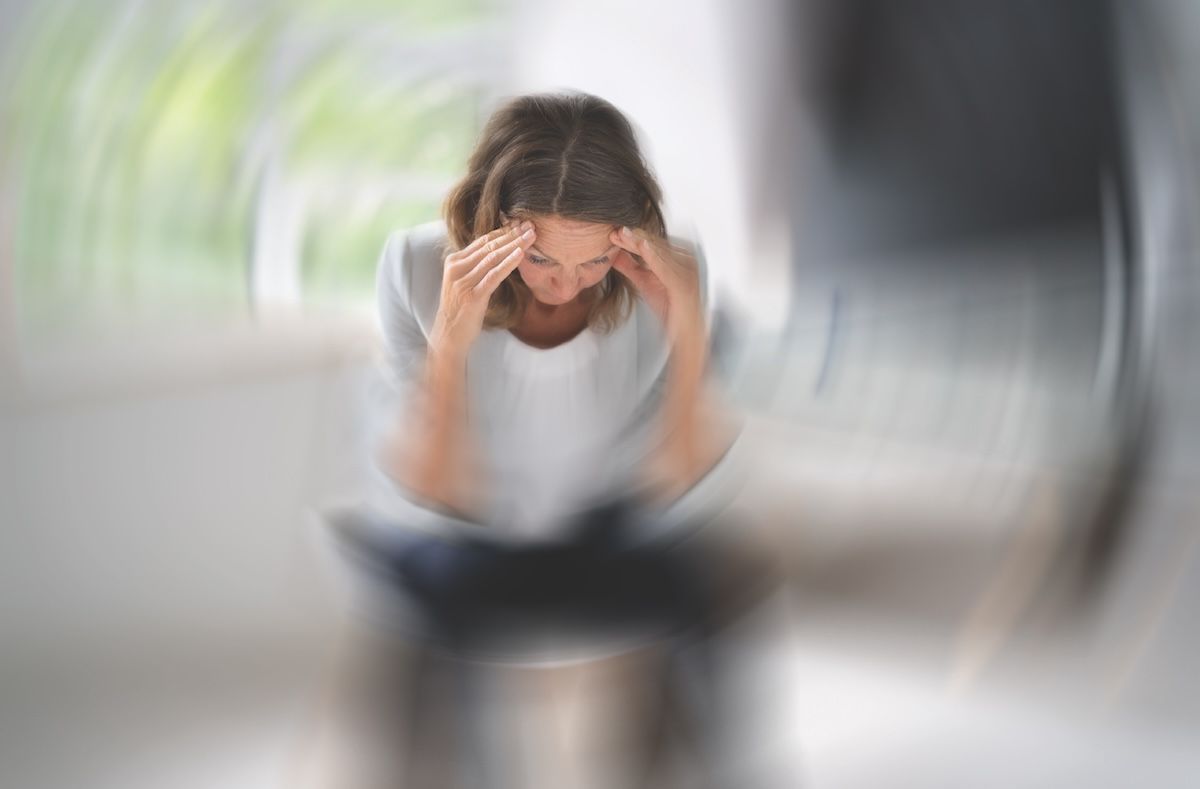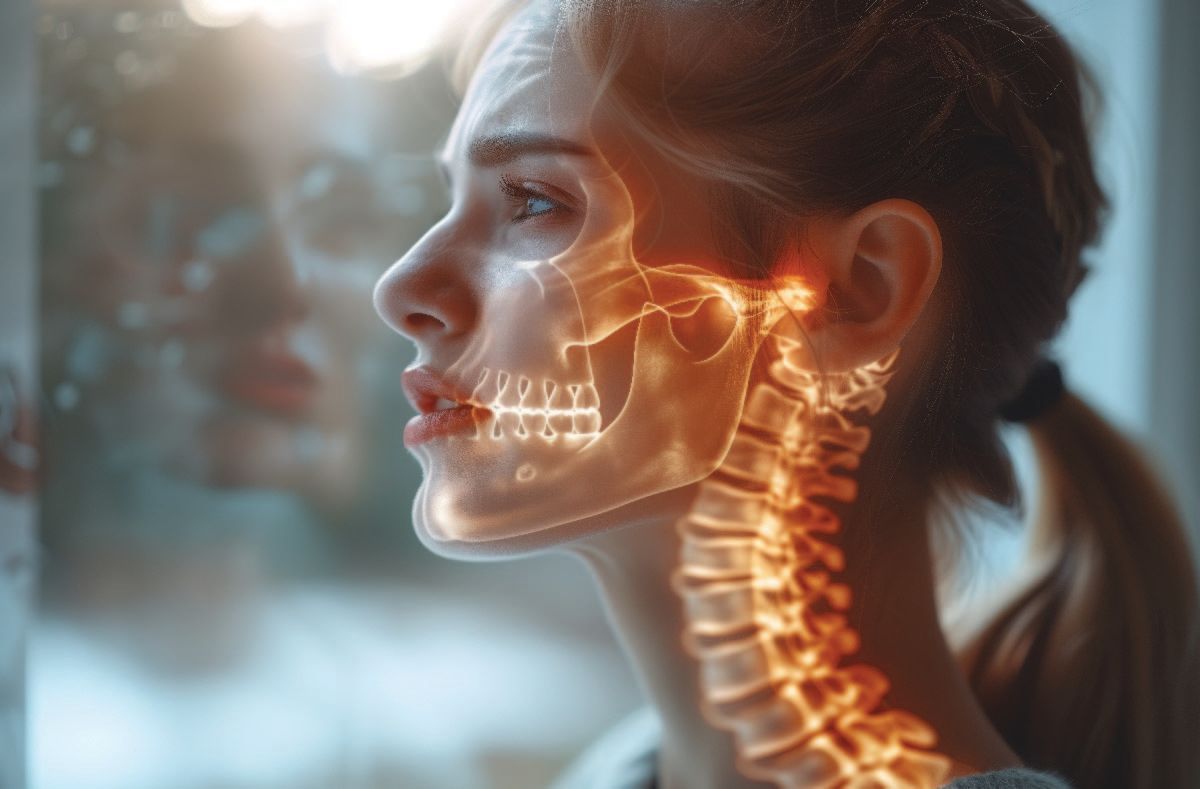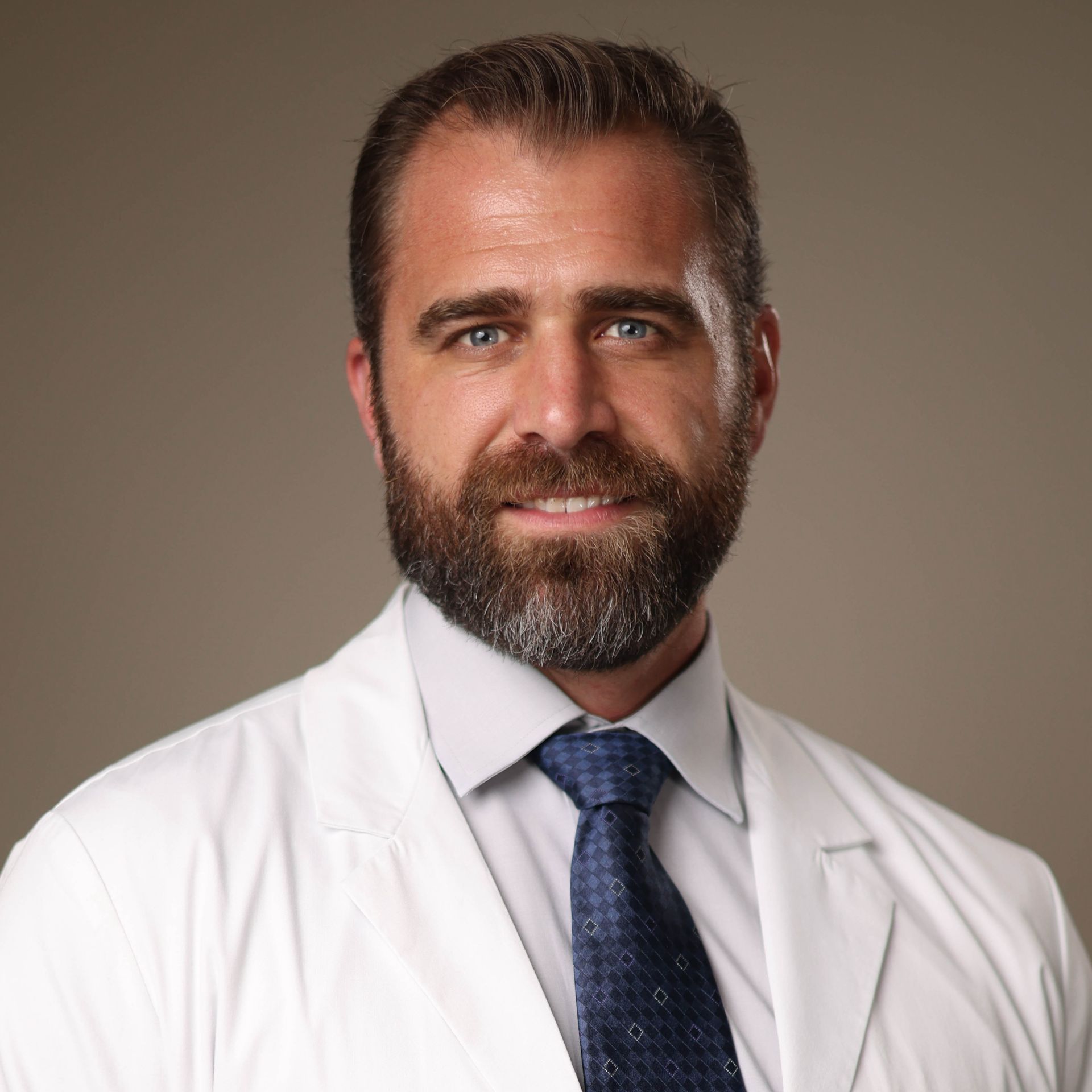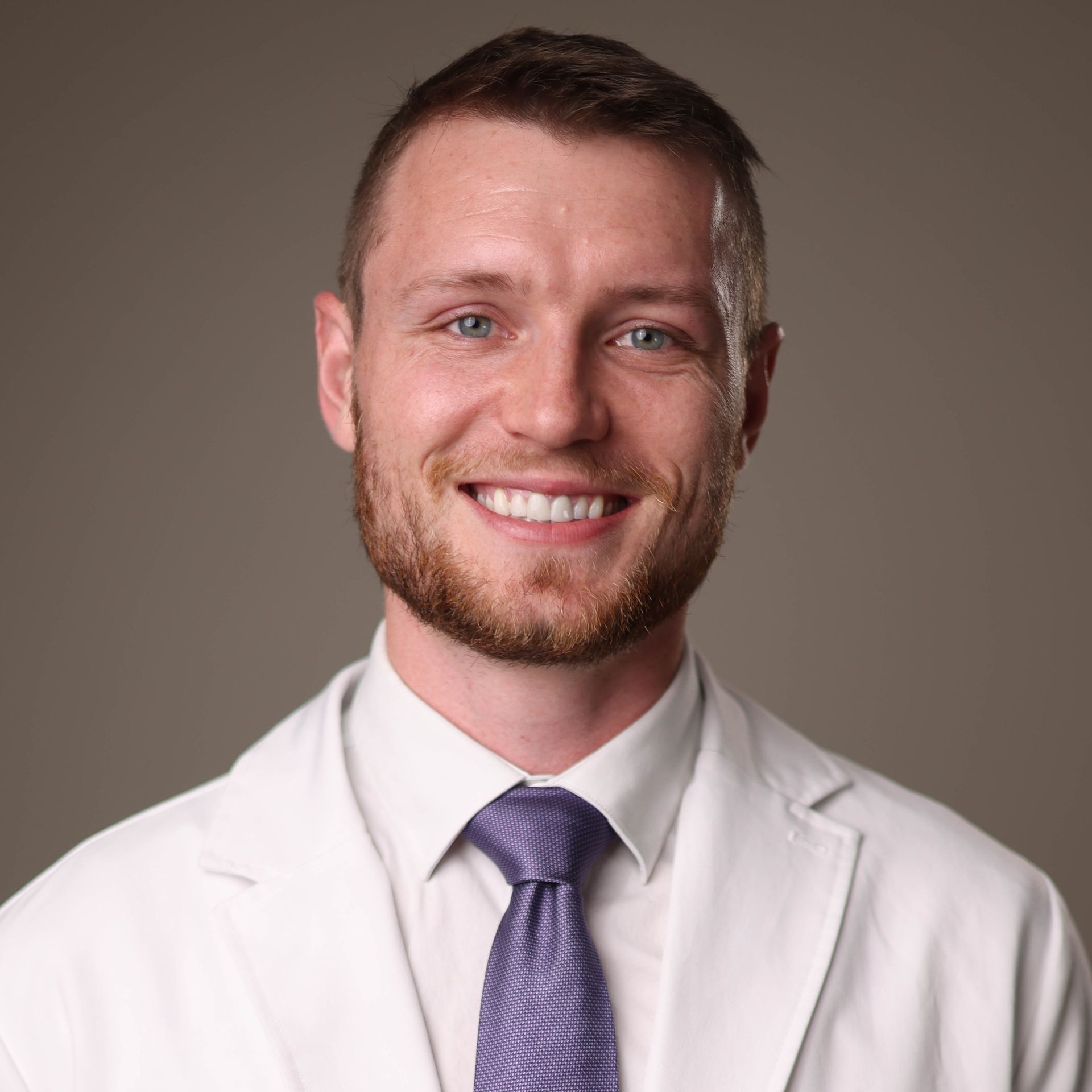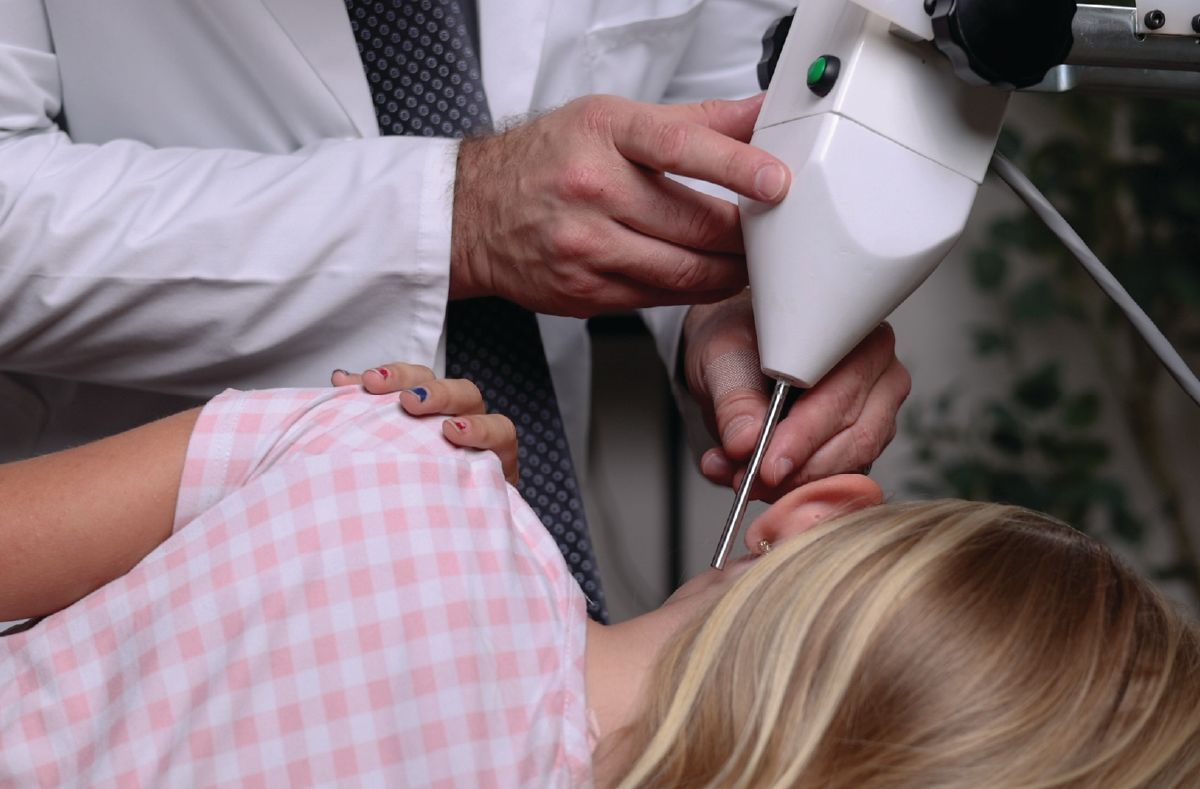How Can Upper Cervical Care Help POTS Patients?

Brain Communication and POTS
Postural Orthostatic Tachycardia Syndrome (POTS) is one of the most misunderstood nervous system conditions today. It’s part of a larger group of disorders known as dysautonomia, where the autonomic nervous system (ANS) doesn’t function correctly. The ANS controls automatic body processes like heart rate, blood pressure, digestion, and temperature regulation. When it’s out of sync, the body feels chaotic—especially when changing positions like standing up.
POTS symptoms often include:
- Fast heart rate when standing
- Dizziness or fainting
- Brain fog
- Fatigue
- Temperature regulation issues
- Shaky or anxious feelings
Many patients are told it’s “just anxiety” or are bounced from doctor to doctor without answers. But the issue is real—and it’s often rooted in how the brain and body communicate.
The Three Subtypes of POTS
There are three common subtypes of POTS, each with its own pattern:
Hyperadrenergic POTS- This type involves too much adrenaline. When standing, people may feel like they’re in constant fight-or-flight mode: fast heartbeat, high blood pressure, sweating, and panic-like symptoms.
Neuropathic POTS- This subtype results from poor nerve function, especially in the legs. The small nerves that control blood vessels don’t squeeze properly, so blood pools in the lower body. That means less blood gets to the brain—causing dizziness, blurry vision, or blue hands and feet.
Hypovolemic POTS- Here, the total blood volume is too low. That could be due to problems with fluid retention, salt balance, or kidney function. People may feel lightheaded, weak, and intolerant to heat or exercise.
Many patients actually have a mix of these subtypes, which is why personalized care is so important.
Where Upper Cervical Care Comes In
At the very top of your spine is the craniocervical junction (CCJ)—the area where the skull meets the top two bones in your neck (the atlas and axis). This region surrounds the brainstem, which acts as the body’s autopilot control center. It helps regulate:
- Blood pressure
- Heart rate
- Breathing rhythm
- Vagal tone (rest-and-digest)
- Adrenal and kidney signaling
- Blood vessel control
When the CCJ is misaligned—even by a few millimeters—it can distort neurologic input and blood flow to the brainstem. Think of it like a blown fuse at the breaker box: the system isn’t completely shut down, but nothing is working quite right.
Upper cervical care gently corrects these misalignments, allowing the nervous system to regulate more effectively. Many POTS patients experience reduced symptoms like fewer dizzy spells, steadier heart rate, and improved mental clarity after care begins.
Subtype Support: A Functional Comparison
Here’s how upper cervical care may help across all three POTS subtypes:
| Mechanism | Hyperadrenergic | Neuropathic | Hypovolemic | Symptoms When Dysfunctional |
|---|---|---|---|---|
| ↓ Brainstem irritation | ✅ | ✅ | ✅ | Lightheadedness, poor temperature regulation, dizziness, fatigue |
| ↑ Vagal tone | ✅ | ✅ | ✅ | Digestive issues, rapid heart rate, poor sleep, anxiety |
| ↑ Baroreceptor function | ✅ | ✅ | ✅ | Blood pressure instability, fainting, heart rate spikes |
| ↑ Blood vessel tone | 🟡 | ✅ | 🟡 | Blood pooling in legs, cold hands/feet, dizziness when standing |
| ↑ Blood volume regulation | 🟡 | 🟡 | ✅ | Weakness, low exercise tolerance, low BP, frequent urination |
| ↓ Sympathetic overflow | ✅ | 🟡 | 🟡 | Racing heart, tremors, chest discomfort, restlessness |
✅ = Strong link
🟡 = Potential link
This Isn’t About “Fixing” POTS
To be clear: upper cervical care does not cure POTS. But it may remove one of the most overlooked sources of nervous system dysfunction—mechanical irritation to the brainstem.
When this area is supported, your body is more capable of responding to other treatments—like medication, hydration, exercise, or dietary strategies. It’s a foundational step that can make everything else work better.
Real Answers Start at the Top
Most patients who walk into our office have already seen cardiologists, neurologists, and GI doctors. They’re exhausted, discouraged, and still searching for answers. We’re here to look at the whole picture, starting from the top down.
Your body is designed to heal. Let’s help it start by restoring communication where it matters most.
Relevant Resources:
- Win NN, Jorgensen AMS, Chen YS, Haneline MT. Effects of upper and lower cervical spinal manipulative therapy on blood pressure and heart rate variability in volunteers and patients with neck pain: a randomized controlled, cross-over, preliminary study. J Chiropr Med. 2015 Mar;14(1):1–9. doi:10.1016/j.jcm.2014.12.005. PMID: 26693212; PMCID: PMC4371115.
- Raj SR, Guzman JC, Harvey P, Richer L, Schondorf R, Seifer C. Postural tachycardia syndrome (POTS): natural history, pathophysiology, and management. J Am Heart Assoc. 2019;8(7):e012171.
- Standing Up to POTS. POTS subtypes. StandingUpToPOTS.org.https://www.standinguptopots.org/POTSsubtypes. Accessed July 24, 2025
More Articles




